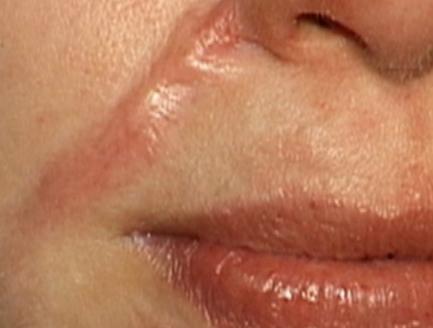The role of scar revision is to restore self-esteem and improve the quality of life. The skin is actually the largest organ of the body and vital to not only our physical health but also it’s health and beauty important to our emotional well-being. Scars have a natural process or progression towards a mature scar. This represents the completion of the healing process.
There are individuals who heal with very little scars and others who scar from the slightest of skin injury. Any injury to the the skin, that is a rupture to the integrity of its’ surface or that results in an opening or damage to the dermis, will heal with a scar.

Life changes that effect our hormones can effect the way our skin heals. Childhood to puberty, adulthood and finally to old age can represent significant changes in how our skin heals. Predicting how a person heals cannot be done with medical certainty. It is a persons observation of their own healing history and familial history that provides the best indicators.
However through observation of certain skin types that we understand their tendencies to produce abnormal scarring and formation:
The goal of scar revision surgery is to make the scar to blend or making it inconspicous. Scars that result from injuries, burns or cancer excision can have a major psychological impact. This impact from the scarring can be profound adversely effecting self-esteem, self-confidence and social interaction. If you suffer from such issues a cosmetic surgeon can often help.
